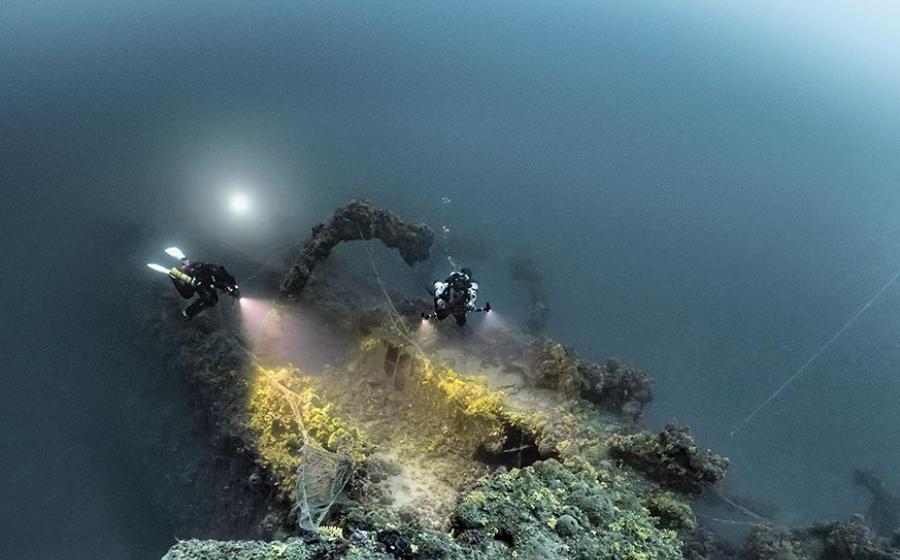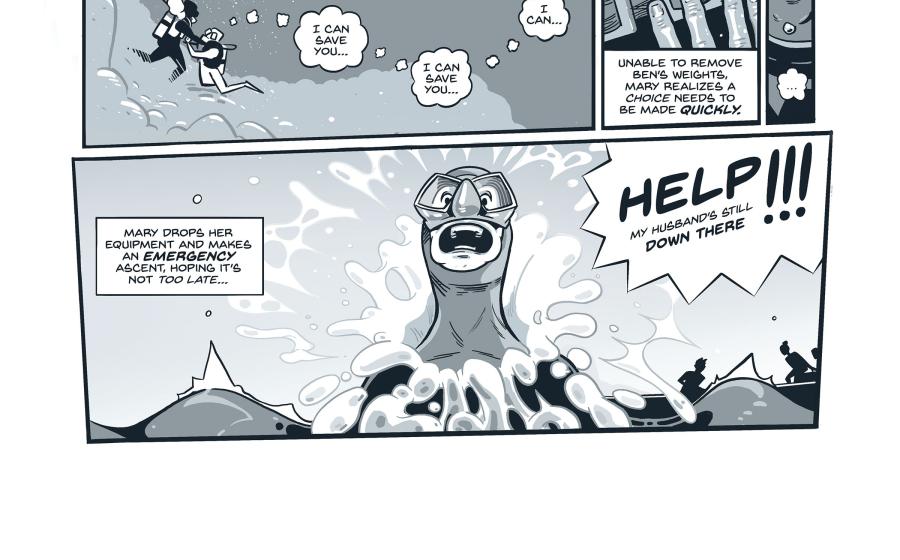5 Tips for the Beginner Underwater Videographer
It’s a natural progression for most scuba divers, at some point you may want to show other non-divers the cool critters you see down below. Whether you decide to take up underwater photography or videography as a hobby or it turns into a full-on passion, these pro tips from André Musgrove are sure to prove beneficial.
1. Research, Research, Research!
This is pertaining to the camera you'd like to get or the underwater housing that you'd like to purchase. If you're interested in underwater videography, do your research on the equipment that will be best for the type of video you would like to shoot. Equipment prices vary but you can almost always find something within your budget, if you look hard enough. That 4K 60fps might good be good for one person but may not be great for you. By researching in advance, it also allows you to save money from spending money on cameras with features justify the price and you realized you didn't need it or that you'll never use.
2. Practice your buoyancy underwater
Having perfect buoyancy underwater greatly affects the outcome of the video you're trying to film. When scuba diving, make sure that you're properly weighted and use your lungs as your internal "BCD" along with your actual inflator hose, to achieve the perfect neutral buoyancy when doing tracking shots or pans. Shooting macro life on coral reefs can require you to hover above heathy coral reef to shoot, and without a tripod, if your buoyancy is off you may scare the subject or even worse, damage the coral reef around you. For freedive photography, make sure you're properly weighted (or buoyant) for the depth you plan to be shooting, depending on your location and subject.
3. Get to know your subject
Having knowledge of the subjects you want to film or that you'll be diving with plays a big role in the outcome of your video. Learning how the animals move, what causes certain reaction, their swimming behaviors and fin positioning are all little details that will allow you to increase your chances of catching the perfect moment on camera. This also helps you to anticipate their actions allowing you to move into position to record a rare moment underwater. Besides knowledge of the animals and reef around you, can only be beneficial for your personal safety and the safety of animals so that you do not cause them any unnecessary stress.
4. Don't force the shot
I know the feeling when you get your new UW camera rig and you just want to go out and shoot awesome shots of sharks or a school of fish, no matter what. Remember that you're the "alien" invading the marine animals world and they will do what they want, when they want. Forcing the animal into a certain situation or chasing it down to get that "cool" shark footage is not the best way to achieve the shots. Sometimes you have to wait patiently in the sand, with your camera settings ready for that one reef shark to pass over your head— which by the way, would make the perfect intro shot for your video edit.
5. Properly Maintain your equipment
Maintaining your equipment and keeping it cleaned is vital to its performance when in the field. One of the worst things to ever happen is to have an equipment failure or malfunction! A big spot of sand inside your dome while shooting video can result in an awkward dot in every single one of your shots which could've been easily avoided by blowing the inside dome pre dive. Make sure to always keep your equipment in a safe environment when not in use. Keep your dome or macro port cover on to prevent scratches. Rinse your camera with fresh water after each saltwater use, or even better, soak it in fresh water over night.










